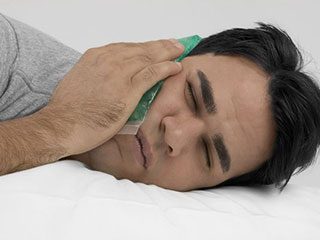
Trigeminal neuralgia is a painful and debilitating condition that can significantly reduce a person's quality of life. However, with the right treatment, it is possible to manage the symptoms of the condition and improve overall health and well-being. Percutaneous procedures are minimally invasive procedures that can provide short-term pain relief for patients with TN. These procedures include Percutaneous Balloon Compression (PBC), Percutaneous Glycerol Rhizotomy (PGR), and Stereotactic Radiosurgery (SRS).
PBC involves placing a balloon inside the trigeminal nerve and inflating it to compress the nerve and disrupt pain signals. PGR involves injecting glycerol into the trigeminal nerve, which damages the nerve fibers responsible for transmitting pain. SRS uses a focused beam of radiation to target the trigeminal nerve, disrupting its ability to transmit pain signals. The benefits of percutaneous procedures are that they are minimally invasive and can provide short-term pain relief without the need for surgery. However, the effects of these procedures are not long-lasting, and they may need to be repeated over time.
Medications are often the first-line Trigeminal Neuralgia Treatment. Anticonvulsant drugs such as carbamazepine and gabapentin are commonly used to treat the condition. These drugs work by stabilizing the nerve cells in the brain and reducing the amount of pain signals sent to the brain. Other medications that may be used to treat trigeminal neuralgia include muscle relaxants, antidepressants, and opioids.
However, opioids are typically reserved for severe cases of trigeminal neuralgia and are used with caution due to their potential for addiction. Percutaneous radiofrequency rhizotomy: This is a minimally invasive procedure that involves using heat to damage the trigeminal nerve and reduce pain signals Balloon compression: This is a minimally invasive procedure that involves compressing the trigeminal nerve using a small balloon. Stereotactic radiosurgery: This is a non-invasive procedure that uses focused radiation to damage the trigeminal nerve and reduce pain signals.
Read more @ https://influentialblogging.blogspot.com/2023/03/trigeminal-neuralgia-treatment-includes.html




























